Cyphostemma currorii
General Info – summary
This pachycaul, succulent, deciduous Tree may be multi-stemmed & has lightish, pealing bark with whitish/pink underbark. Leaves are large, trifoliate + toothed margins and stipules. The bisexual, regular, yellowish Flowers are in cymes resting on a stout peduncle. The 4 petals have a hooked apex. 4 stamens are opposite petals. The single, superior ovary has a single protruding style. Fruit is a small shiny berry.
Description
Previous Names: Cissus currorii, Cyphostemma cramerianum, Cyphostemma macropus, Vitis currori, Vitis Macropus.
SA Tree No. n/a. This southern Africa tree is not indigenous in South Africa.
Common names: (Afr) Botterboom. (Eng) Butter Tree, Cobas tree, Kobas (local name). (OtjiHerero – Herero language) Omutindi.
Family: Vitaceae (Grape Vine Family) with has about 14 genera and in excess of 900 species worldwide. The plants are herbaceous or woody and often climbing with tendrils. Leaves are alternate and leaf nodes are swollen. The actinomorphic (regular; symmetric) Flowers are usually bisexual and in cymes – opposite the leaves. The Corolla has 4-6 petals. Opposite the petals are 4-6 Stamens. The free Filaments are attached to the centre of the Anthers and each anther has 2 pollen sacs which dehisce lengthwise. The superior Ovary has 2 ovules in each of its 2 locules and extends via a short style. The Fruit is a berry containing up to 4 seeds. Examples on this website include 2 species of the genus Cyphostemma.
Name derivation: Cyphostemma – curved or humped crown. currorii – after A. B. Curror a Royal Navy assistant surgeon who collected the first specimen. There are 34 species of the genus Cyphostemma in southern Africa.
Conservation Status: Unknown – Presumably stable. Cudiciform (unrelated group of plants having a disproportionately thickset and swollen trunk for its height). Plant collectors may cause a problem in the future.
Tree
This Tree is the tallest member of this genus and may reach 7m high. It is pachycaul (with a disproportionately thick trunk for its height – photo 386). This tree has a succulent Stem up to 2m in diameter and is often multi-stemmed. The smooth, yellowish to pale brown Bark peels off in thin creamy, torn paper-like pieces (photo 765). The under-bark is white to pinkish.
- 386. 2018/01/16. Pretoria NBG. Photo: David Becking.
- 756. 2016/10/11. Pretoria NBG. Photo: David Becking.
- 765. 2016/10/11. Pretoria NBG. Photo: David Becking.
Leaves
In this deciduous plant, the light green fleshy Leaves appear in early summer (photo 756 under Trees) and fall off in dry weather. The big leaves are trifoliate (compound leaf with 3 leaflets. In this plant they are best seen in the young leaves (photo 767). In mature leaves, the trifoliate leaves are not always evident as the leaves are often folded together (photo 386 – under Tree). Each large Leaflet is up to 30 x 20cm and ovate, oval or broadly elliptic. The Petiole (leaf stalk) is long, and extremely wide but not winged (photo 767 and 387). The central leaflet has a short, thick Petiolule (stalk of leaflet) – up to 6cm long and the remaining two leaflets are without petiolules (photo 767). The Apex is bluntly pointed to rounded, and the Base is often asymmetric. The irregularly toothed Margins (photo 81 under Flowers) are thick and fleshy. Young leaves initially have short soft hairs that are red (photo 767) or white. Veins are clearer on the lower side of the blade. Here they initially protrude and higher up become sunken (photo 389). Narrow Stipules (basal appendage of the petiole) are present (photo 767).
- 767. 2016/10/11. Pretoria NBG. Photo: David Becking.
- 387. 2018/01/16. Pretoria NBG. Photo: David Becking.
- 389. 2018/01/16. Pretoria NBG. Photo: David Becking.
- 388. 2018/01/16. Pretoria NBG. Photo: David Becking.
Flowers
The small, yellowish green, bisexual Flowers develop at branch ends (photo 81) in up to 17cm in diameter Cymes (a broad, more or less flat-topped determinate flower cluster, with central flowers opening first). The inflorescence is up to 18cm in diameter and rests on a long, stout Peduncle (stalk of a cluster of flowers). The flowers appear with the new leaves. Flower buds are cylindrical and constricted more or less in the centre (photo 759). The flowers are actinomorphic (Regular, symmetrical. Flowers are vertically divisible into similar halves by more than one plane passing through the axis). Four fleshy orange Glands are present (photo 84). Prior to opening, the top of the 4 closed Petals resembles 4 squares (photo 759). As they open by arching backwards the hooked apices becomes visible (photo 84). The four Stamens each have free filaments, which are situated opposite the petals. Here the filaments may bend and appear close to the stigma. The Anthers have two thecae (pollen sacs) that are centrally attached and dehisce longitudinally. There is a single Pistil (a unit of the Gynoecium, the female element of the flower, composed of the Ovary, Style and Stigma – photo 84) and the Ovary is superior (one that is free from the calyx or perianth). The ovary has two incompletely separated locules. Each of these locules has two ovules. There is a single protruding Style (photo 84). (Sep-Nov).
- 81. 2019/09/27. Pretoria NBG. Photo: David Becking.
- 759. 2016/10/11. Pretoria NBG. Photo: David Becking.
- 84. 2019/09/27. Pretoria NBG. Photo: David Becking.
Fruit
The small Fruit is a Berry (pulpy, indehiscent fruit like a grape or tomato). Berries develops in small oval orange grape-like bunches. Each fruit has a shiny skin and is about 1cm in diameter. In photo 763 the 4 fleshy Glands are now old, brown and shrunken. (Jan-Mar).
- 763. 2016/10/11. Pretoria NBG. Photo: David Becking.
Distribution & Ecology
This is a tree of the Desert and grows in hot dry, rocky areas – including on granitic rocks (Granite is igneous rock that develops underground when silica rich molten rock cools). These plants occur naturally in southern Angola and Namibia e.g., the Brandberg Mountains in Damaraland in the north-west desert – reasonably close to the coast. These are the highest mountains in Namibia reaching an altitude of 2 573m and are of granitic origin. Trees occur northwest of Windhoek near the small town Karibib. They also occurs in southern Namibia but not in South Africa. In spite of the oxalic acid present, monkeys and baboons eat the Fruit. The smooth, flat and shiny trunk (photo 765 under Tree) reflects sunlight and stores water, enabling the plant to survive in arid, hot areas. Insects are the pollinating agents.
Ethnobotany
The Fruit should be considered poisonous. It contains Oxalic acid which has a greater acid strength than acetic acid. In man: high concentrations can be harmful if inhaled. If ingested the grapelike fruit constricts the throat and causes damage to tissues of the mucous membranes and respiratory tract resulting in a burning sensation, wheezing, coughing and laryngitis). Oxalic acid is also present in the leaves and inhibits grazing. Apparently, Seeds grow well in mineral-based cat-litter. These trees are prized among caudiciform (thick stemmed collectors. It can also mean thick stemmed: pachycaul – with a disproportionately thick trunk for their height) collectors, for their knobby, succulent stems topped by thick, succulent leaves and bright grape-like fruits.
References
Coates Palgrave, M. 2002. Keith Coates Palgrave Trees of Southern Africa. edn 3. Struik, Cape Town.
Lawrence, G. H. M, 1951. Taxonomy of Vascular Plants. The Macmillan Company, New York. Tenth Printing 1965.
Palmer, E. & Pitman, N. 1972. Trees of southern Africa. Balkema, Amsterdam, Cape Town.
van Wyk, B. & van Wyk, P. 1997 Field guide to Trees of Southern Africa. Struik, Cape Town.
http://treesplanet.blogspot.co.za/2013/06/cyphostemma-currorii-cobas-tree-butter.html#.V_8zy4VOLIU
http://www.exotic-plants.de/seeds/caudiciforms/Cyphostemma-currori.php
http://www.huntington.org/BotanicalDiv/ISI/ISI2015/2015-24.html
http://toptropicals.com/catalog/uid/Cyphostemma_currori.htm
http://posa.sanbi.org/flora/browse.php?src=SP
https://en.wikipedia.org/wiki/Oxalic_acid#Toxicity_and_safety

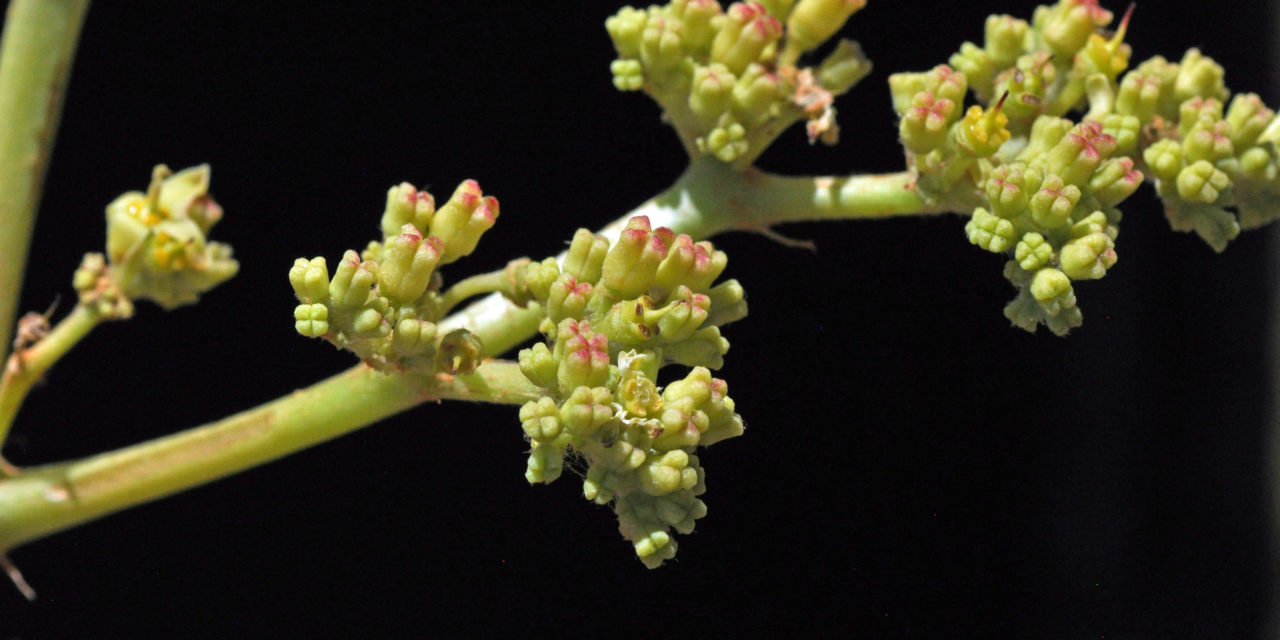
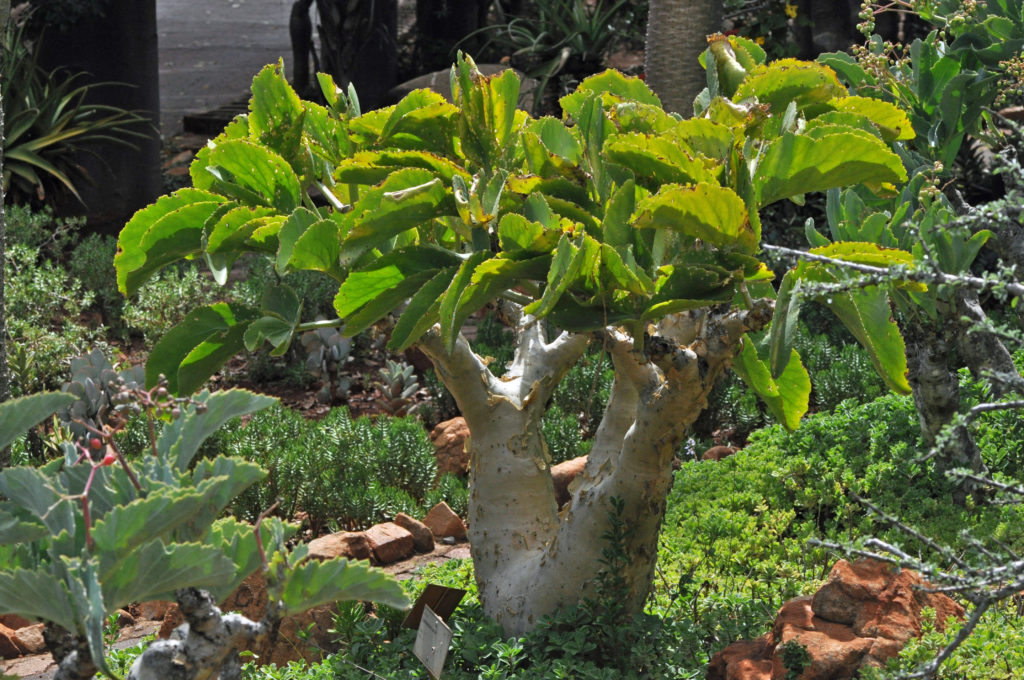
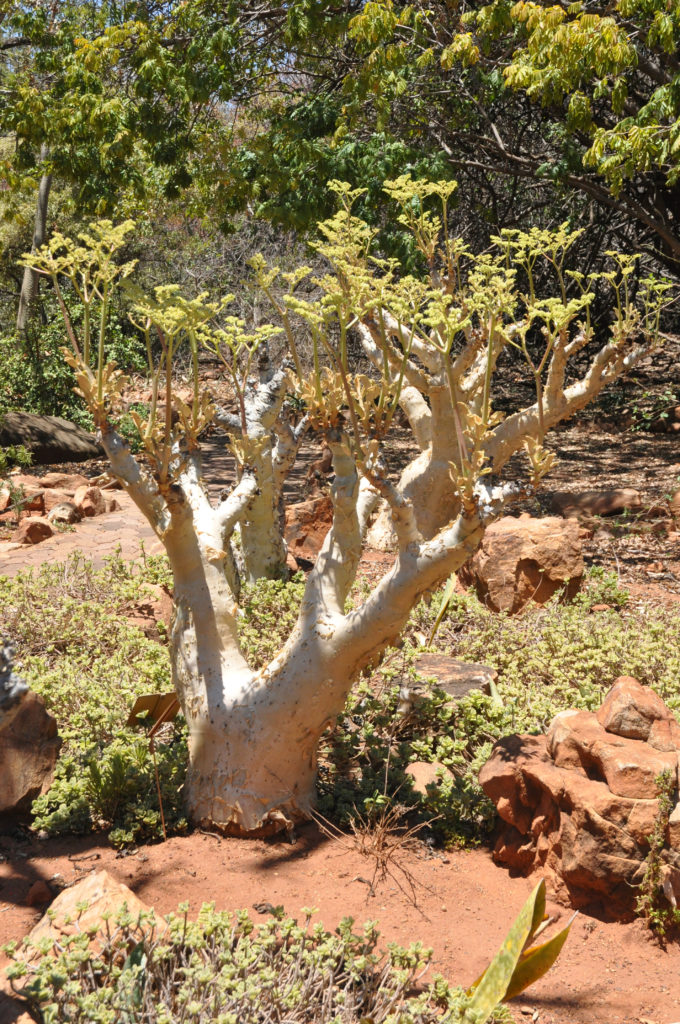
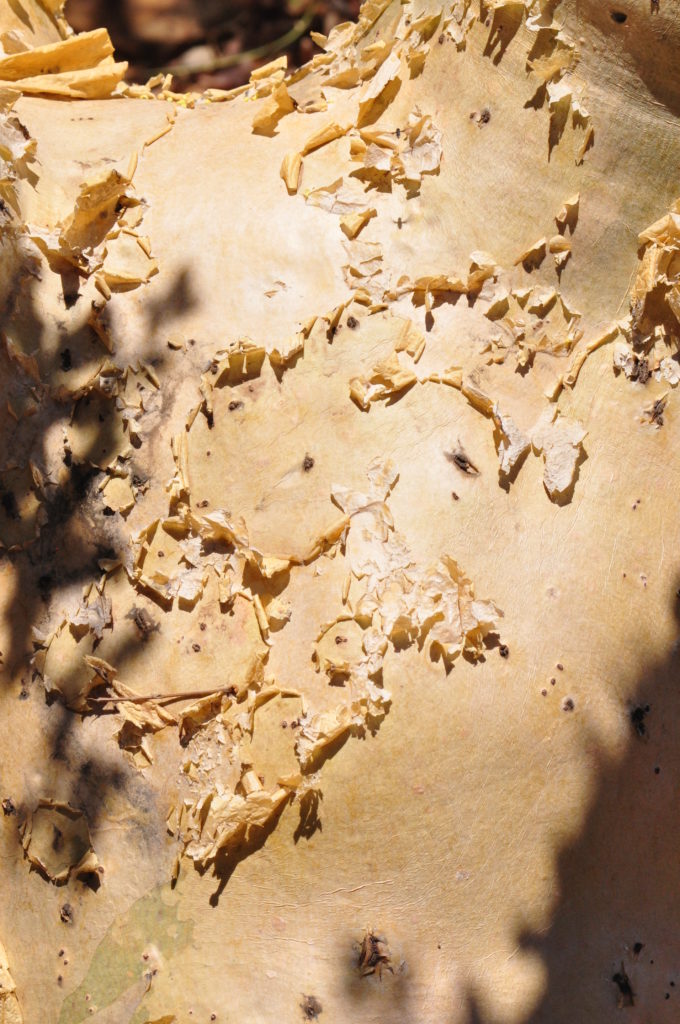
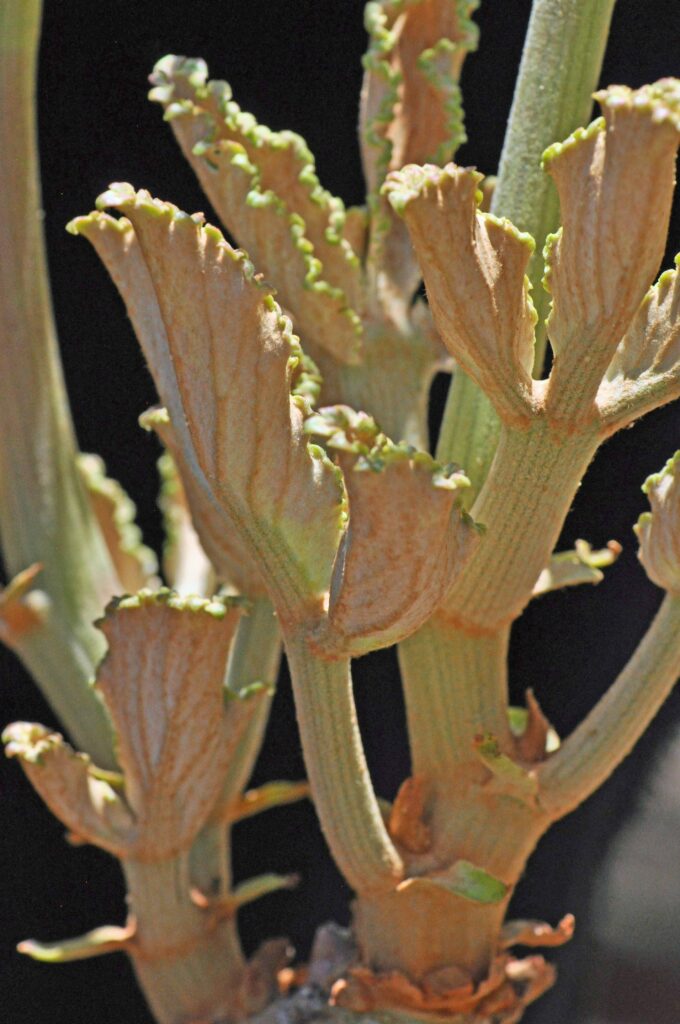
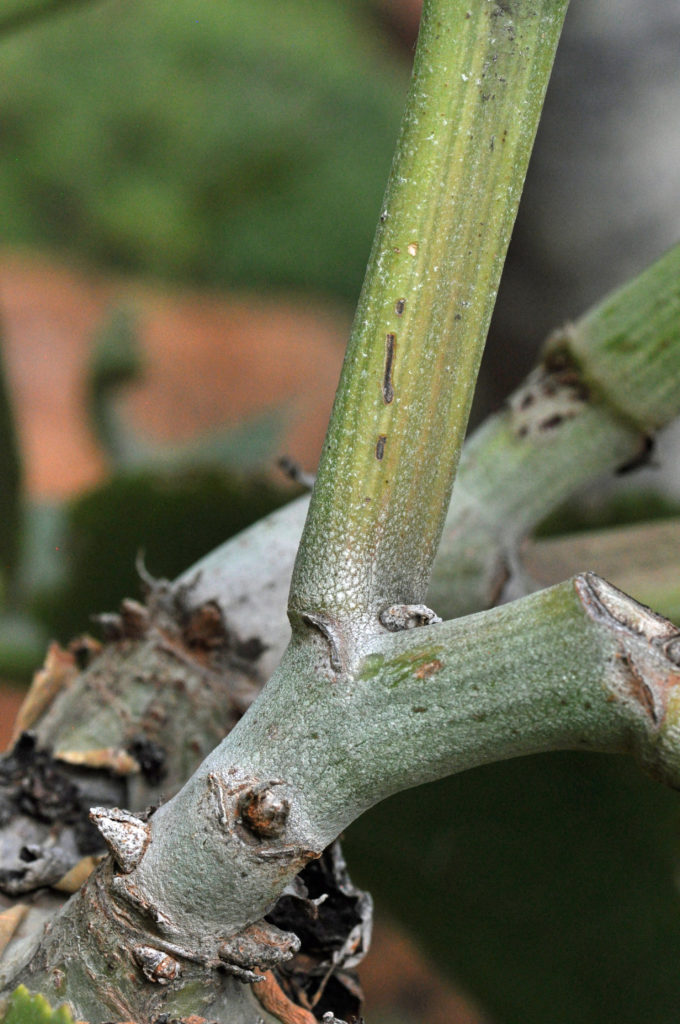
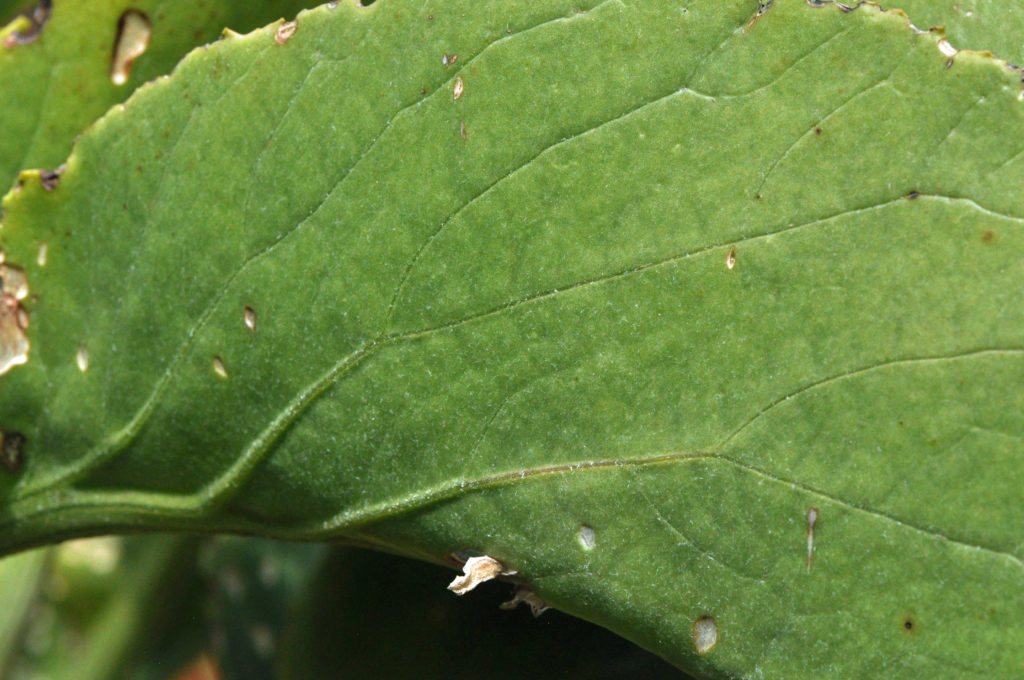
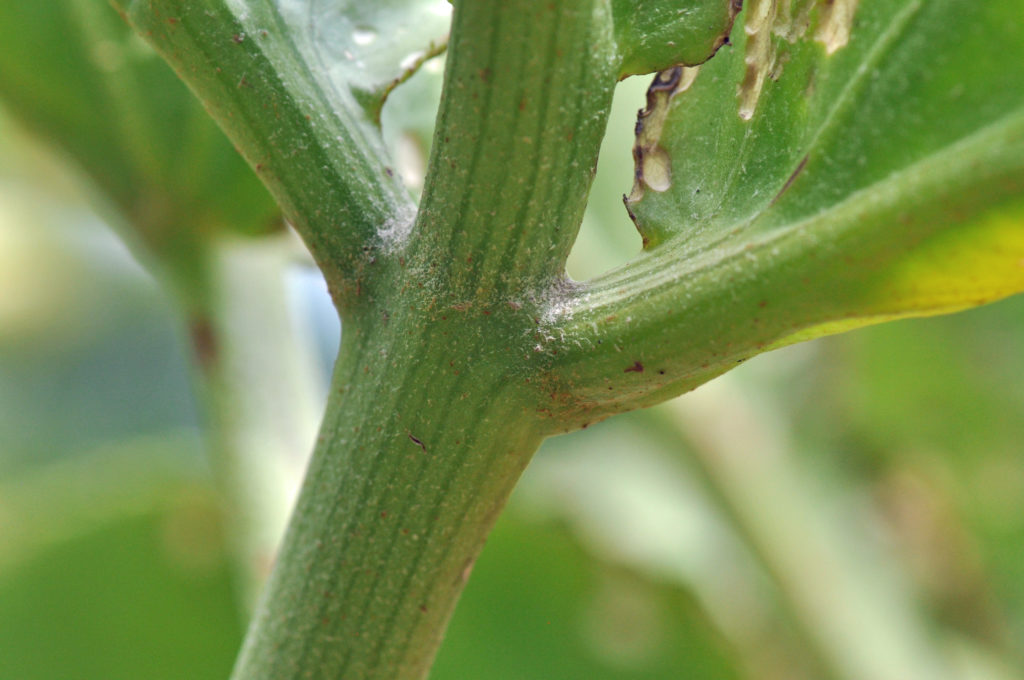
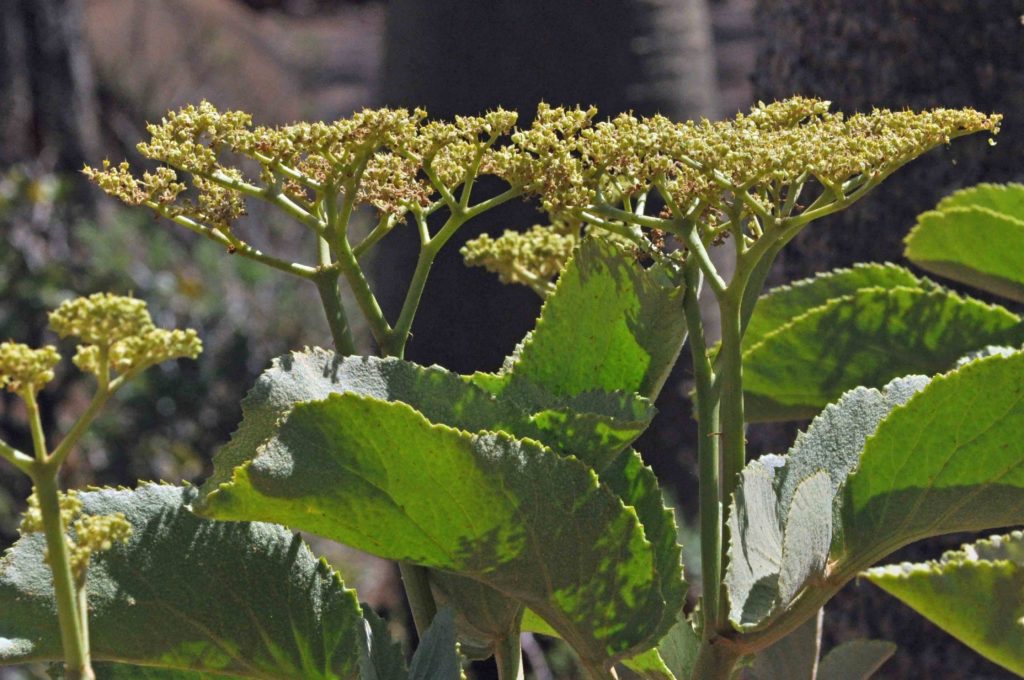
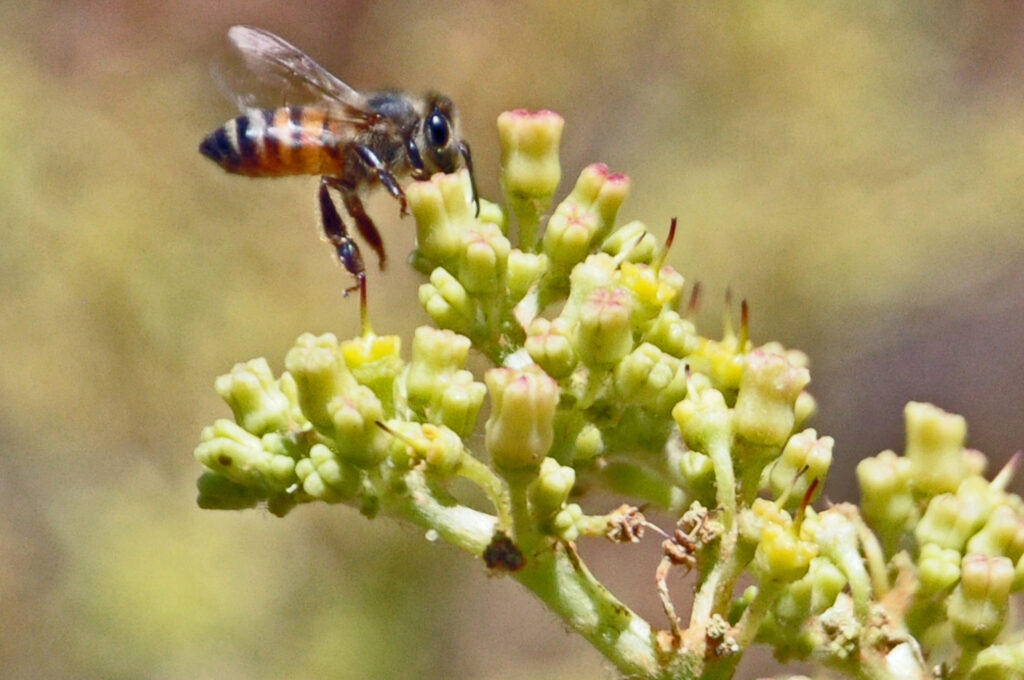
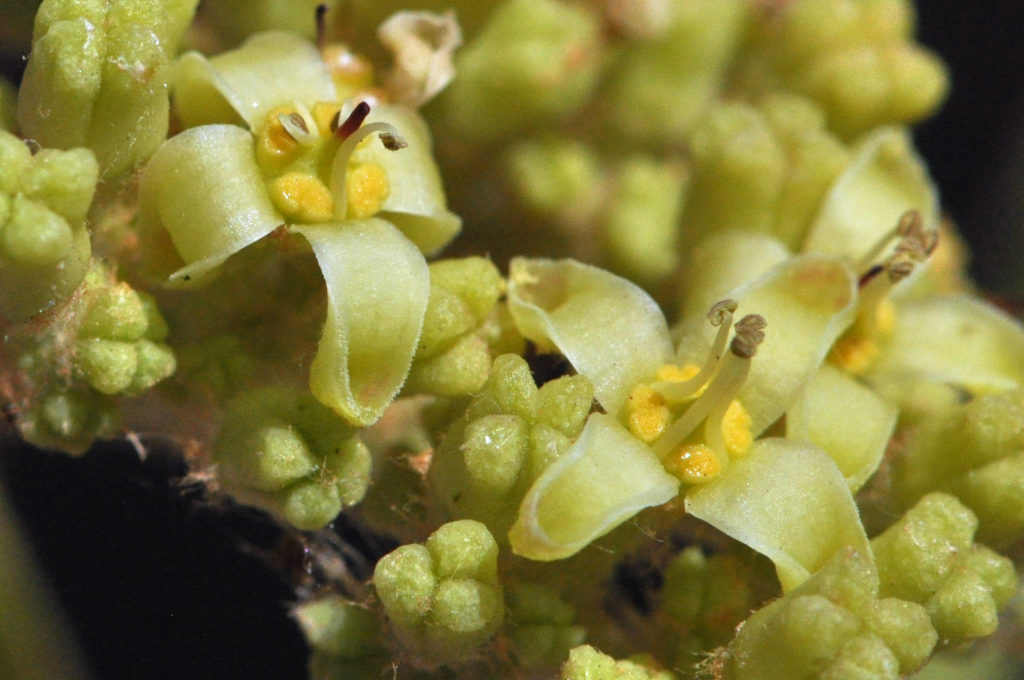
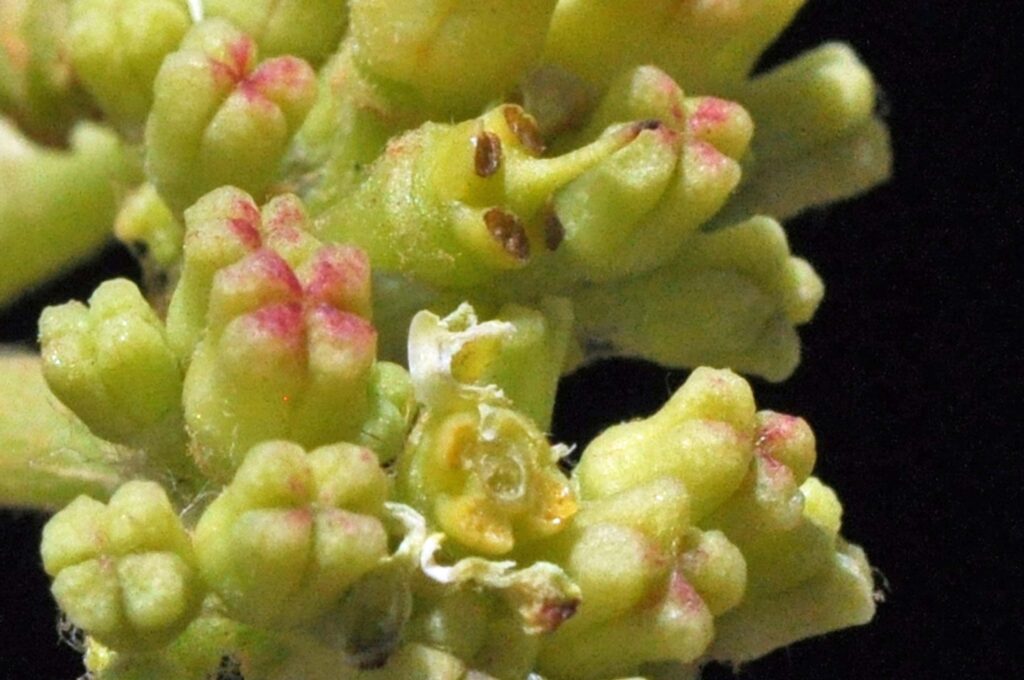
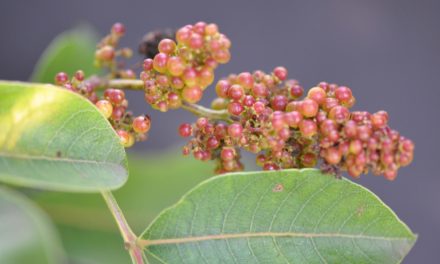
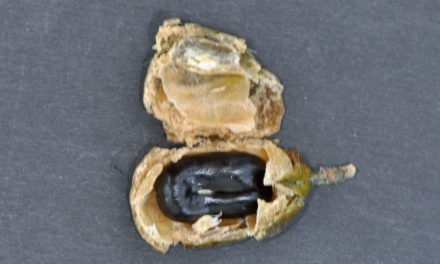
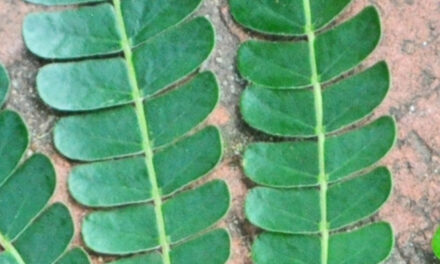
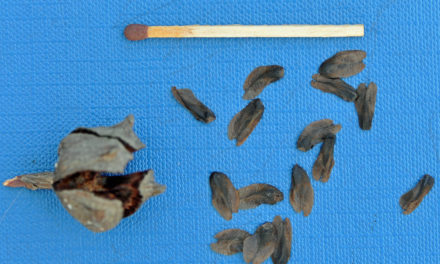
Looking for fresh seeds of cyphostemmas can you help me.
High Rajesh
Apologies, I am unable to help. If you visit